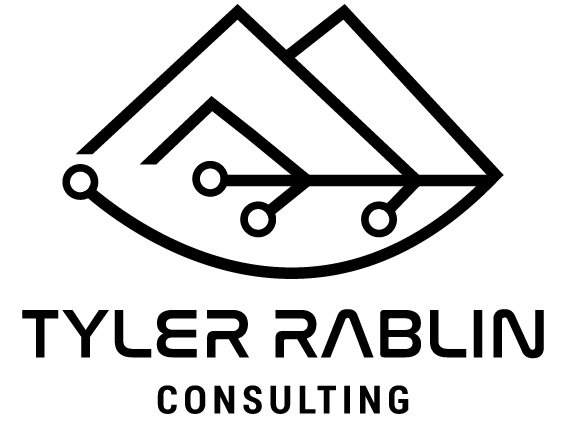Goal Gradient Theory: What it is and Why it Matters
Imagine for a second that you’re running a decently long race, let’s use a 10K for this example. You’re at the starting line, the gun goes off, and everyone starts running. You’re excited. You’re talking yourself into a slower pace because you’re amped. You are motivated to do this thing.
You cross the one mile mark and are still feeling good. Suddenly, you notice you’re checking your watch more to see how far you’ve gone. As you get closer to mile two, you start noticing that your shoes aren’t quite as comfy as you thought, and your feet are feeling it a bit. By the time you’re at the end of mile two, it starts raining, and you find yourself questioning if you want to finish the next four-ish miles.
You slog through the next four miles, and as you round a corner – soaked, dispirited, annoyed – all of a sudden there’s the finish line! It’s just another 2/10 of a mile to the end. You’re almost there. Out of nowhere, your pace jumps. You speed up, you’re smiling. You’re cruising to the finish line.
What happened? Did you magically get less tired all of a sudden? Did you fall in love with running in that split second?
No, what happened is that you experienced what is known as the goal gradient theory. The goal gradient theory is a fairly simple concept with huge ramifications for the classroom. In short, it says that the closer we get to a goal, the greater the motivation we feel.
This is why when we can see a finish line, we feel that boost again. When we have 9 of 10 punches on our coffee card, we’re more likely to be motivated to go to that coffee shop. When we’ve worked on a book for two years and are now mere weeks from its release, we suddenly feel inspired to write again…like I am right now.
Here’s why this matters in the classroom: when we set goals for students, the amount of distance between the student’s current reality and the goal with greatly impact their motivation to achieve the goal.
For example, let’s say that the goal is to analyze how character development impacts the theme of a text. For a student who has gaps in their learning or struggles with reading comprehension, that goal is going to feel a LONG ways away. As such, they won’t feel really motivated to engage in the learning. It’s a product of both the feeling that the investment needed to reach the goal is too great mixed with a frustration of not knowing the path to get there.
So, instead of just focusing on the goal, let’s focus on the stages of success that will lead toward the goal. For anyone here who’s read my work before, you know where I’m headed. I’m talking about learning progressions.
Here’s what those look like. Instead of just putting that big goal in front of students, break it down into smaller stages of success students will cross along the way. Essentially, this moves the goal closer in increments, making students feel like there are a bunch of mini finish lines to boost their motivation in small increments along the way.
For this example, that first step could simply be to define different types of characters in a text. Vocabulary is often a good entry point into the learning. Not only does it ensure they have the language they need to engage in the conversation, but it also is often an easy step to feel success on early on. After that, maybe they learn the different methods of characterization authors use before moving to the next step of identifying where an author is developing a character.
Notice how each of these isn’t just some meaningless step full of empty praise, but each step is a valuable piece of learning that will lead to success. When we don’t break this out for students, we are essentially hiding the path to success and hoping students still make it there.
If you want to read more about learning progressions, check out this blog post where I talk about them in detail.
Essentially, the goal gradient theory is all about helping students feel like they are closer to success as a way to boost their motivation. We want every student to believe they can be successful, but in order for that belief to build, students need experiences of success on which to found that belief.
If you like this concept and want to dive in more, I have a book coming out called Hacking Student Motivation that dives into meaningful changes we can make to our assessment practices to remove some of the barriers to motivation students often feel in school. Click here to join the mailing list to stay up to date about the book release, exclusive perks, and an assessment mastermind group that meets once per month.
